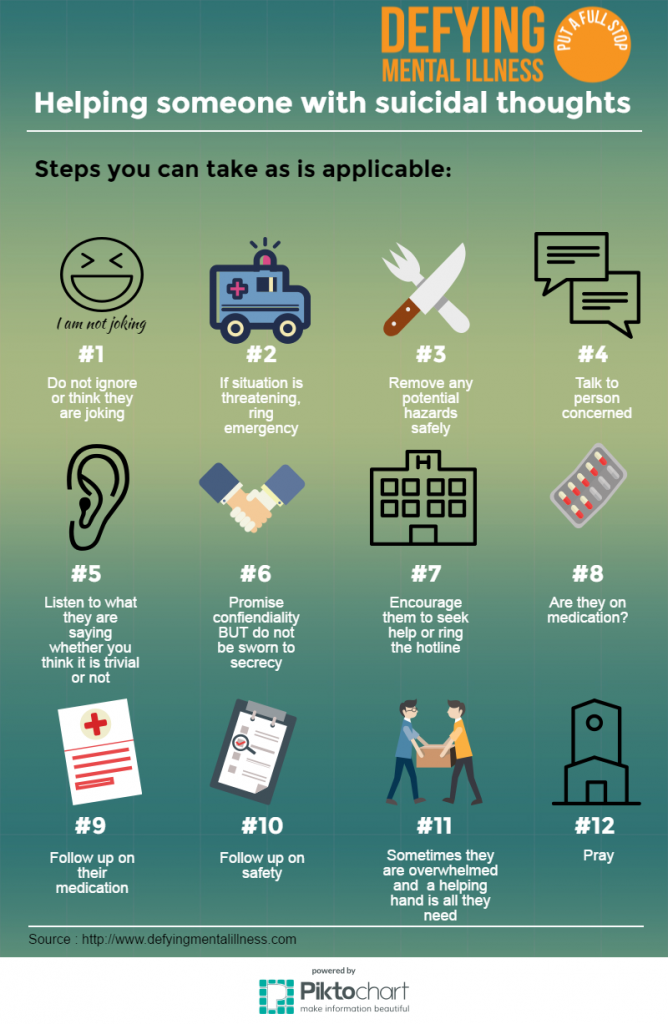How To Create A Self Care Routine
How To Create A Self Care Routine
Blog Article
Exactly How Do Mood Stabilizers Work?
Mood stabilizers help to calm areas of the mind that are influenced by bipolar disorder. These drugs are most effective when they are taken regularly.
It might take a while to find the appropriate medication that functions best for you and your medical professional will monitor your problem throughout therapy. This will certainly involve normal blood examinations and potentially a modification in your prescription.
Neurotransmitter regulation
Natural chemicals are a group of chemicals that regulate each other in healthy and balanced people. When levels become out of balance, this can cause mood disorders like depression, anxiousness and mania. Mood stabilizers help to stop these episodes by aiding manage the equilibrium of these chemicals in the brain. They also might be utilized together with antidepressants to enhance their effectiveness.
Drugs that function as mood stabilizers include lithium, anticonvulsants and antipsychotics. Lithium is perhaps the most popular of these medicines and works by influencing the circulation of salt with nerve and muscle mass cells. It is frequently made use of to deal with bipolar illness, but it can likewise be valuable in dealing with other mood problems. Anticonvulsants such as valproate, lamotrigine and carbamazepine are additionally efficient mood stabilizing medications.
It can take some time to find the appropriate sort of drug and dose for every individual. It is very important to collaborate with your physician and engage in an open discussion regarding how the medicine is helping you. This can be especially helpful if you're experiencing any negative effects.
Ion network modulation
Ion channels are a significant target of mood stabilizers and lots of other medications. It is now well established that they are vibrant entities that can be regulated by a range of exterior stimulations. Furthermore, the modulation of these channels can have a range of temporal results. At one extreme, modifications in gating dynamics might be quick and instantaneous, as in the nicotinic acetylcholine receptor/channel system. At the various other end of the range, covalent adjustment by protein phosphorylation might result in adjustments in channel feature that last longer.
The field of ion network modulation is entering a duration of maturity. Current studies have actually shown that transcranial focused ultrasound (United States) can stimulate nerve cells by triggering mechanosensitive potassium and sodium channels installed within the cell membrane. This was demonstrated by revealed channels from the two-pore domain name potassium household in Xenopus oocytes, and concentrated United States substantially modulated the current moving with these channels at a holding voltage of -70 mV (appropriate panel, relative result). The results are consistent with previous monitorings showing that antidepressants affecting Kv networks control glia-neuron communications to opposite depressive-like actions.
Neuroprotection
Mood stabilizers, like lithium, valproic acid (VPA), and carbamazepine, are crucial in the therapy of bipolar disorder, which is defined by recurring episodes of mania and clinical depression. These medications have neuroprotective and anti-apoptotic residential properties that help to stop cellular damages, and they additionally improve mobile resilience and plasticity in useless synapses and neural circuitry.
These protective actions of mood stabilizers might be mediated by their inhibition of GSK-3, inositol signaling, and HDAC activity. Additionally, long-lasting lithium therapy safeguards against glutamate excitotoxicity in cultured neurons-- a design for neurodegenerative problems.
Research studies of the molecular and mobile results of state of mind stabilizers have actually shown that these drugs have a large range of intracellular targets, including numerous kinases and receptors, in addition to epigenetic modifications. Refresher psychological support course is required to identify if state of mind stabilizers have neurotrophic/neuroprotective actions that are cell kind or circuitry certain, and how these effects may enhance the rapid-acting restorative reaction of these representatives. This will aid to develop brand-new, much faster acting, a lot more effective treatments for psychological illnesses.
Intracellular signaling
Cell signaling is the process whereby cells communicate with their atmosphere and various other cells. It involves a sequence of action in which ligands connect with membrane-associated receptors and bring about activation of intracellular paths that control necessary downstream cellular functions.
Mood stabilizers act upon intracellular signaling via the activation of serine-threonine protein kinases, resulting in the phosphorylation of substrate healthy proteins. This turns on signaling waterfalls, bring about adjustments in gene expression and cellular feature.
Numerous state of mind stabilizers (including lithium, valproate and lamotrigine) target intracellular signaling pathways by preventing particular phosphatases or triggering particular kinases. These effects create a decline in the task of these pathways, which results in a decrease in the synthesis of certain chemicals that can influence the mind and cause symptoms of clinical depression or mania.
Some state of mind stabilizers also work by boosting the activity of the inhibitory natural chemical gamma-aminobutryic acid (GABA). This improves the GABAergic transmission in the mind and decreases neural task, therefore creating a soothing result.